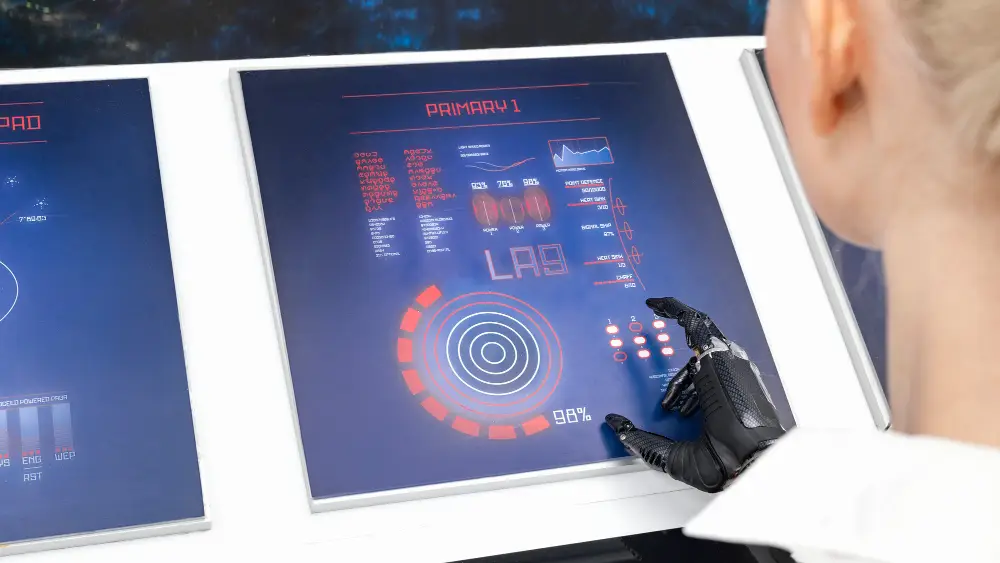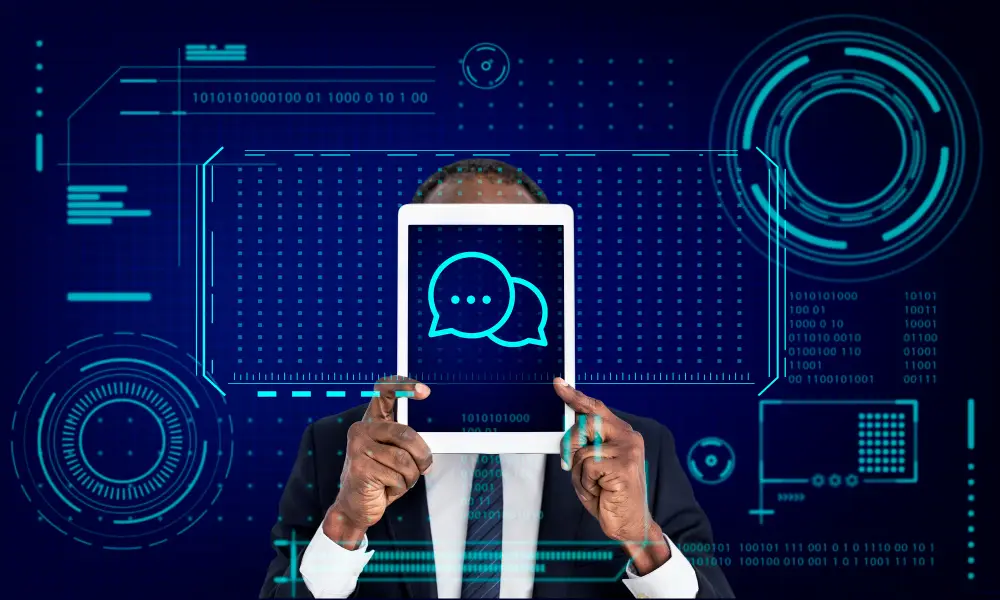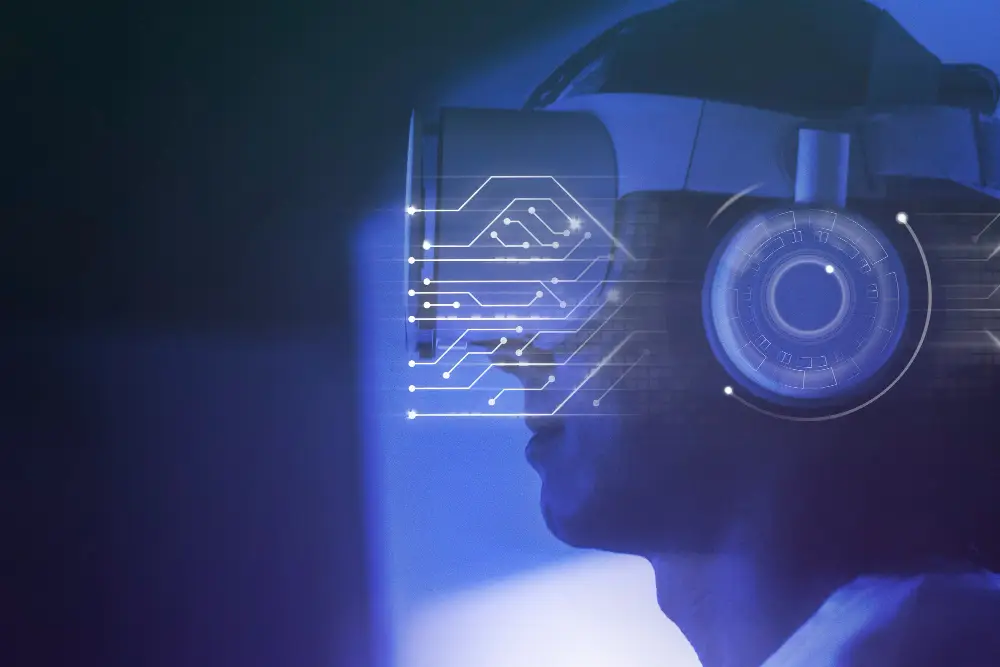Artificial Intelligence (AI) is playing a crucial role in advancing web accessibility, opening up digital content to a broader range of users, including those with disabilities. By automating accessibility features and ensuring web environments are more inclusive, AI technologies are not just enhancing user experiences—they’re transforming them. This article explores how AI is driving these changes and what it means for the future of accessible web design.
The Importance of Accessibility in Web Design
Accessibility in web design ensures that websites and online services are usable by people of all abilities and disabilities. This encompasses a wide range of elements, from visual design and layout to interactive functions and content navigation. As digital access becomes increasingly critical in everyday life, the need for inclusive design grows more urgent.
AI Innovations in Web Accessibility
1. Automated Accessibility Testing Tools
AI-powered tools like axe and WAVE are revolutionizing the way developers identify and rectify accessibility issues on their websites. These tools use machine learning algorithms to scan web pages, detect potential barriers for disabled users, and suggest specific improvements, often in real time.

2. Predictive Text and Voice Recognition
AI-driven predictive text and advanced voice recognition systems are making digital interfaces more accessible, especially for users with mobility or visual impairments. Technologies like Google’s Voice Typing and Apple’s Voice Control allow users to navigate and interact with web services via voice commands, dramatically enhancing accessibility.

3. Customizable User Experiences
AI enables websites to adapt dynamically to the needs of individual users. For instance, AI can automatically adjust text size, color contrasts, and sound settings based on user preferences or recognized needs, making web pages instantly more accessible without additional input from the user.

4. Visual Content Accessibility
AI is also making strides in making visual content more accessible. Tools like Microsoft’s Seeing AI app help visually impaired users understand pictures and text through descriptive voice feedback, translating visual information into audible forms.

Impact of AI on Creating Inclusive Web Environments
The integration of AI into accessibility efforts not only broadens access but also fosters a culture of inclusion. By removing barriers to digital content, AI helps ensure that all users, regardless of their physical abilities, can enjoy equal access to information and services online. This democratization of digital content is fundamental in building a more inclusive society.
Challenges and Ethical Considerations
Despite the benefits, the deployment of AI in enhancing web accessibility must be handled with care. Concerns over privacy, data security, and the potential for AI to inadvertently introduce new forms of exclusion must be addressed. Ensuring that AI tools are designed with ethical considerations and inclusivity at their core is essential.
Conclusion
AI is reshaping the landscape of web accessibility, offering automated solutions that enhance inclusivity and open up the web to a wider audience. As technology evolves, the potential for creating fully inclusive digital environments becomes more apparent, marking a significant step forward in making the internet accessible to everyone.
Call to Action
Is your website fully accessible to all users? Leverage AI technology to enhance your site’s accessibility and inclusivity. Contact us today to learn how AI can help make your digital presence welcoming to everyone, regardless of their abilities.


